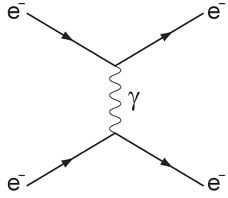The pauli exclusion principle is not a repulsive force. It applies to fermions. It says that two electrons cannot occupy an energy state in a potential well with exactly the same quantum numbers. They have to differ by at least one quantum number. It is the Pauli exclusion principle that organizes the electron shells filling them sequentially from low to higher energy levels in atoms, otherwise they would all pile up at the lowest energy level. Also the periodic table of elements filling the baryons in the strong potential well. It makes matter as we know it.
Yet if you compress them really strongly, the electromagnetic interaction will no longer be the main force pushing them apart to balance the force that pushes them towards each other. Instead, you get a a repulsive force as a consequence of the Pauli exclusion principle.
The above is a misunderstanding.
It is not a force, since at the particle level forces have carriers that are exchanged between particles so that momentum and energy change.
In your "compression" description there is a continuum and not a quantized state so the PEP does not apply. When one scatters an electron on an electron one can get very close until the exchange particle ( the photon in this case) transfers
 transfers enough energy in the center of mass system to start creating other elementary particles. The process is accurately described by quantum electrodynamics.
transfers enough energy in the center of mass system to start creating other elementary particles. The process is accurately described by quantum electrodynamics.
